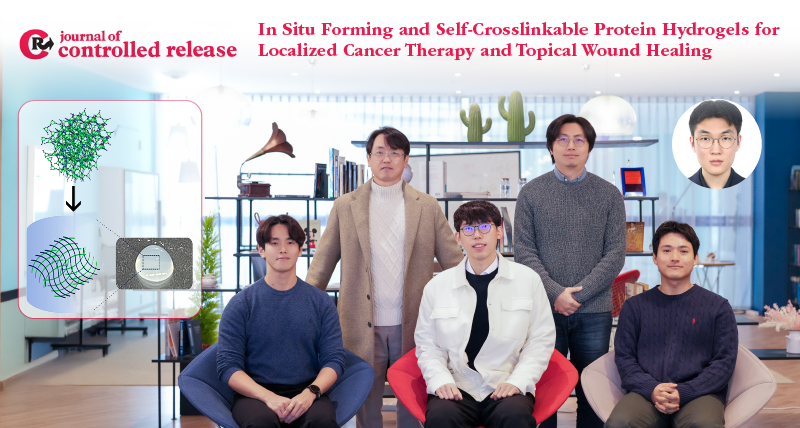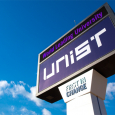A research team, affiliated with UNIST has unveiled soft self-standing protein hydrogels that selectively deliver drugs, thereby enhancing medicinal effects while minimizing associated toxicity.
Professor Sebyung Kang and his research team from the Department of Biological Sciences at UNIST, in collaboration with Professor Jinmyoung Joo from the Department of Biomedical Engineering and Professor Chaenyung Cha from the Department of Materials Science and Engineering at UNIST, announced the successful creation of a self-crosslinkable protein hydrogel. This innovative hydrogel has the potential to improve the efficacy of cancer treatment and wound healing by providing a controlled, sustained drug release without the need for harmful additives.
The unique drug delivery system leverages hydrogels, which allow for the gradual release of drugs from within their structure. This mechanism operates on the principle that the drug, encapsulated within the hydrogel, is released progressively as the internal crosslinks—formed by the proteins—decompose.
Significantly, the research team has developed a hydrogel that can create cross-links using proteins naturally present in the body, eliminating the need for chemical cross-linkers that often induce cytotoxicity. This advancement opens up new possibilities for safe and effective drug delivery.
To further enhance the hydrogel’s performance, proliferating cell nuclear antigen proteins were incorporated into the formulation to suppress immune inflammatory responses. In experiments where the hydrogel was injected into mice, no immune inflammatory reactions were observed, highlighting its biocompatibility.
Testing of the hydrogel’s drug delivery capabilities demonstrated effectiveness in targeting breast cancer tumors through the incorporation of anticancer drugs such as doxorubicin, as well as promoting wound healing with growth factors like PDGF-BB. Additionally, the hydrogel proved effective in photothermal chemotherapy. This approach involves using photosensitized particles that generate localized heat when exposed to light, effectively targeting and destroying cancer cells. The hydrogel’s ability to retain these particles enhances their therapeutic effects in the tumor area.
Professor Kang remarked, “The self-crosslinkable protein hydrogel we developed serves as an effective platform for delivering or encapsulating various treatment modalities tailored to specific injection sites.”
Lead researcher Soomin Eom stated, “Our study highlights the potential for developing versatile protein hydrogels suitable for a range of biomedical applications.”
The research findings were published online in the January 2025 issue of the Journal of Controlled Release. The research received support from the National Research Foundation of Korea, the Center for Cell to Cell Communication in Cancer, and Ulsan Metropolitan City.
Journal Reference
Soomin Eom, Seong Guk Park, Yonghoe Koo, et al., “In situ forming and self-crosslinkable protein hydrogels for localized cancer therapy and topical wound healing,” J. Control. Release., (2025).












